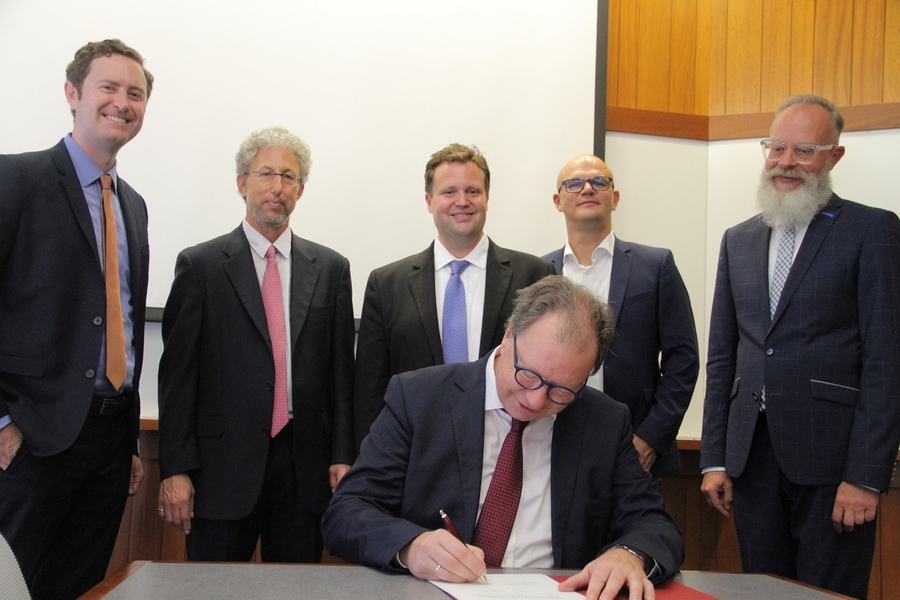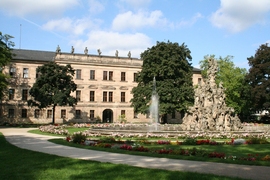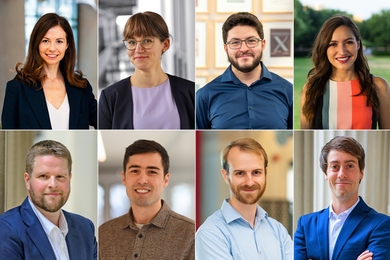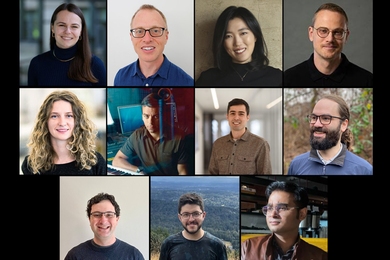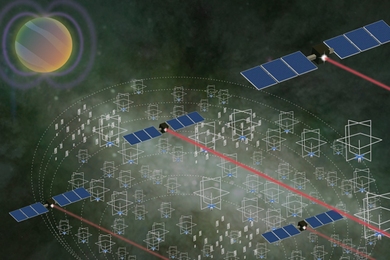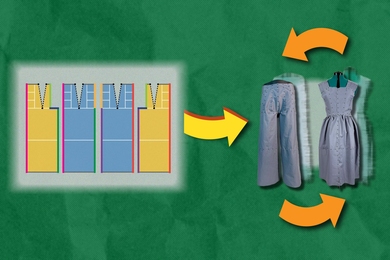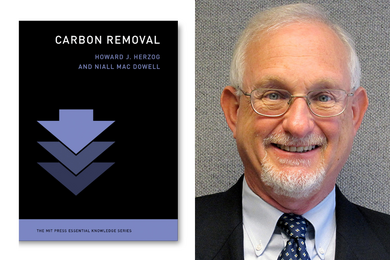Representatives from the MIT-Germany Program and the University of Stuttgart (USTUTT) recently came together to formally extend a strategic partnership first created in 2015. The agreement aims to forge a closer relationship between the two universities in both research and teaching.
Professor Markus Buehler, MIT-Germany faculty director and head of the Department of Civil and Environmental Engineering, received a PhD in Chemistry and Materials Science from USTUTT and knows both universities well. “I am thrilled about the renewal of the partnership agreement between MIT and the University of Stuttgart, and look forward to seeing the many new collaborations that it will enable,” he says. “This partnership is very important for us, as the joint work of faculty and students from both universities offers many new avenues for high-impact discoveries in science and engineering.” MIT-Germany Program Manager Justin Leahey agrees. “The German Research Foundation’s recent awarding of not one but two multi-million euro Excellence Clusters to the University of Stuttgart [“Data-integrated simulation sciences” and “Integrative Computational Design and Construction for Architecture”] shows how it is on forefront of research in Germany that we want to connect to MIT.”
Wolfgang Holtkamp, senior advisor of international affairs at USTUTT, drew special attention to the innovative concepts in research and teaching that USTUTT implements, and the complimentary goals behind the partnership with MIT. “We want to provide knowledge and strategies for a meaningful and sustainable development. Our basic research is both knowledge-oriented and application-related,” says Holtkamp. “[This partnership] brings together excellent researchers, outstanding teachers and highly motivated students from both sides of the Atlantic to design, test, and experience tomorrow's world today.”
MIT Science and Technology Initiatives (MISTI), a part of the Center for International Studies within the School of Humanities, Arts, and Social Sciences, connects students and faculty members with research and industry partners abroad. Within MISTI, the MIT-Germany Program’s partnership with USTUTT centers around a faculty Seed Fund, internship opportunities and a Global Teaching Labs program.
Through the MIT-Germany - University of Stuttgart Seed Fund, a part of the MISTI Global Seed Funds (GSF), researchers at the two universities have the opportunity to apply for joint funding for collaborative early stage research projects and create new, international synergies. Open to any discipline, GSF applicants are encouraged to include undergraduate and graduate students in the projects. To date, there have been five funded projects between MIT and USTUTT researchers:
- "Quantum Processors in Diamond": Paola Cappellaro, MIT associate professor of nuclear science and engineering, and Jörg Wrachtrup, USTUTT professor of physics
- "System-Theoretic Analysis of Dependable Systems in the Automotive Domain": Nancy Leveson, MIT professor of aeronautics and astronautics, and Stefan Wagner, USTUTT professor of informatics
- "Gate-Stack Engineering for High-Quality MOS Transistor Control Gates for Ge-based Tunneling Field-Effect Transistors": Jesus del Alamo, MIT professor of electrical engineering and computer science and director of Microsystems Technology Laboratories, and Jörg Schulze, USTUTT professor of electrical engineering
- "Electro-Chromic Stimuli-Responsive Photonic Fibers": Mathias Kolle, MIT assistant professor of mechanical engineering, and Sabine Ludwigs, USTUTT professor of chemistry
- "Optimal and secure control of large-scale networked cyber-physical systems": Munther Dahleh, the William A. Coolidge Professor of Electrical Engineering and Computer Science and director of MIT's Institute for Data, Systems, and Society, and Frank Allgöwer, USTUTT professor of mechanical engineering, director of the Institute for Systems Theory and Automatic Control, and director of the Stuttgart Research Centre for Systems Biology
As MIT’s Mathias Kolle and USTUTT’s Sabine Ludwigs noted in their joint report, the funding was critical in starting their collaborative project. The report reads, “The seed fund has allowed us to get to the point where we have gauged the potential of our idea and can work in a targeted fashion to realize it.” The team members, who expect to publish their experimental results in a paper, included that they hope their work highlights opportunities at the intersection of conductive polymers and photonic structures. Their research involved several student visits to their partner labs: from MIT, PhD students Joseph Sandt, Sara Nagelberg, and Ben Miller contributed, as well as USTUTT PhD student Carsten Dingler. The exchange allowed the students to become immersed in their counterpart’s research environment firsthand. “They gained subtle insights into the variations in culture in different research labs, and learned something about the wider scope of projects,” the report noted.
In addition to contributing to international faculty research, students from both universities are also able to intern and teach through the collaboration. Bahrudin Trbalic, junior in physics and electrical engineering, took part in the Stuttgart University Program for Experiencing Research (SUPER) this past summer, where he conducted research on hydrogen-like atoms in strong confinements, which has applications in developing new types of semiconductors. “Since this project didn’t have much precedence, I had to find novel algorithms to tackle it,” Trbalic says. Through SUPER, which he says creates fertile ground for mutual exchange of scientific information, Trbalic was strongly supported as a guest student. “I had the time, space and resources to explore my interests in physics but also to explore Germany,” he says.
Students from both institutes also collaborate through MISTI’s Global Teaching Labs Program, which allows MIT students to teach STEM subjects abroad in January over MIT’s Independent Activities Period. The partnership with USTUTT involves a deeper level of student collaboration, partnering MIT students with USTUTT graduate students to plan modules and topics together in advance. The USTUTT team follows up with a visit to MIT in the spring to reconnect with their MIT teaching partners, to experience both campus and hands-on MIT teaching firsthand and to explore possible future research opportunities at MIT.
Riley Davis, a senior in mechanical engineering, worked with USTUTT students to teach STEM disciplines in Stuttgart. “The knowledge of the education system and local culture that the USTUTT students provided was extremely helpful as I prepared my lessons and sought to pour into the local academic community while introducing the hands on learning styles of MIT,” Davis says.
Andrea Schön, a master's student in electrical engineering and information technology at USTUTT, also values the intercultural aspect of the program after spending a week in April at MIT along with three other USTUTT students. “We met many inspiring people and learnt a lot about MIT and the cooperation with our university. This extraordinary intercultural experience was very rewarding for all of us and will be remembered fondly for years to come.”
